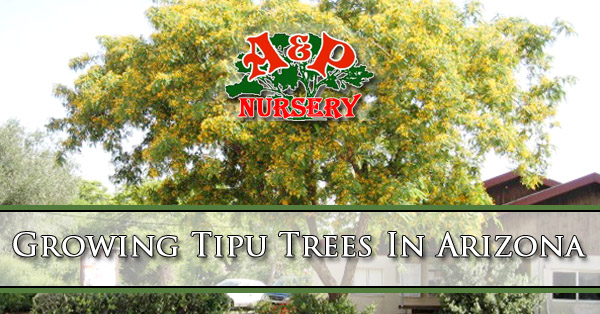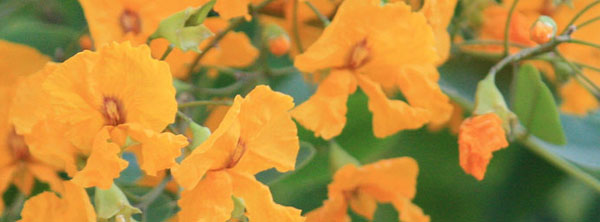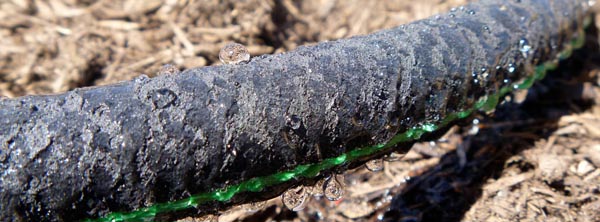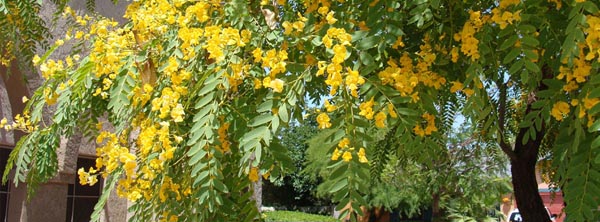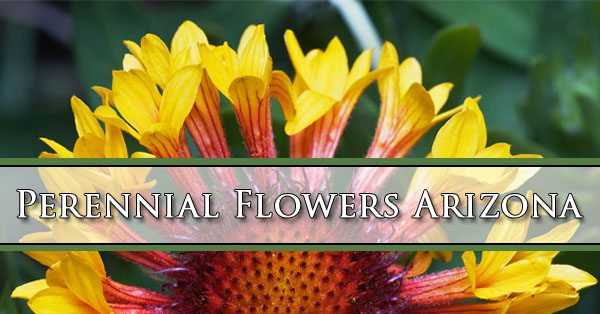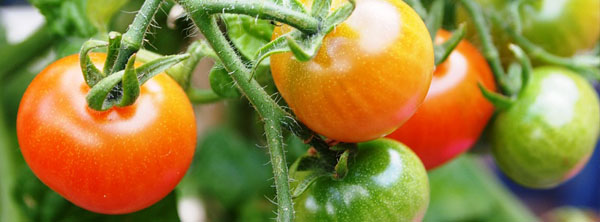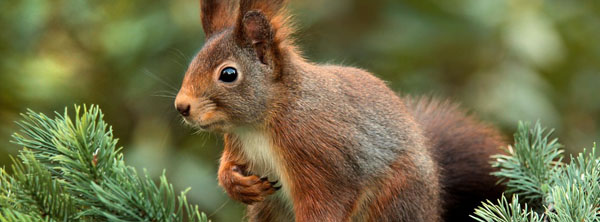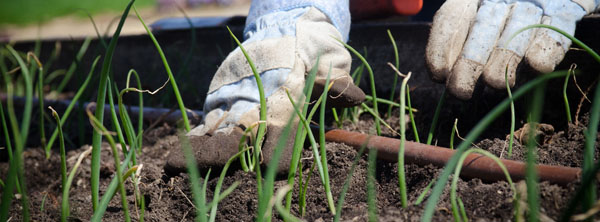
If you are searching for “Growing Tomatoes In Arizona” you are probably like a lot of Arizona residents and love the taste of fresh tomatoes. The best way to get fresh tomatoes is to grow them in your own garden. This guide will help you get the ball rolling on growing your very own tomatoes in your yard.
When To Start Your Tomato Plant

The time to start your tomatoes growing in Arizona is 5-7 weeks before you plan on planting them into the ground. You want to wait for putting them into the ground until there is no chance there will be a frost. Waiting until this time also ensures that the soil has warmed up. For areas of Arizona that don’t experience frost or freezing temperatures this will be earlier than later.
If you are starting this way from the seed you will want to use a light soil mix and afford your tomato plants plenty of sunlight to help get them ready for planting outdoors. It is best if you can put them by a south facing window to get the most light possible. If this isn’t possible or there is too much shade you may choose to add additional light. Insufficient light at this stage produces tomato plants that are tall and spindly.

When To Plant Your Tomato Plant
Whether you have started indoors from a seed or you bought a transplant from your local nursery the best time to plant is after the last danger of frost is over. This will vary depending on the latitude and altitude of where you live. The transplants you buy or the ones you have grown in your home should be about 6 to 10 inches in height.
How To Plant Your Tomato Plants
If you plan to trellis or stake your tomato plants you will want to space them 24 inches apart. If you plant to have more than one row the rows should be 3 feet apart. Staking or using the trellis system will help taking care of your tomatoes easier. Having them off the ground helps control and reduce fruit rot. Even spraying and harvesting requires less strenuous work.
Putting The Plant In The Ground
You will want to plant these so that only the top 2 or 3 sets of true leaves are above the surface of the soil. If you have used or bought biodegradable containers you will be able to tear open one of the sides to give the root system a head start. If the plant containers are plastic or other non biodegradable materials you will want to knock them out the containers and work to help spread the roots gently.

First Watering & Starter Solution
Once you have the transplant in the ground at the right height you will want to press down on the soil to create a small depression in the ground. This will act as a water holding area to assist with property watering habits. To wash the soil you will want to pour about one pint on faster solution. The starter solution consists of 2 tablespoons of fertilizer per gallon of water.
Setting Your Stakes
Choose stakes that are about 6 feet long and about 2 inches wide. Drive them into the soil about 4 to 6 inches from the transplant and about a foot deep into the soil. Marking off the depth before you start will help you hit the right depth. Attach strips of cloth or heavy twine to your stakes every 10 inches. As the plant matures and grows you will want to gently tie it to the stake loosely at these areas.
Staked Plants Need Pruning
Tomato plants that will be grown using stakes should be pruned to only have 1 or 2 main stems. At the spots where the stem and leaf connect a new shoot will try to develop. If you plant to have to main stems you will need to choose a shoot, usually you want the first or second leaf stem to allow the second stem to grow. You will want to remove suckers or other shoots weekly to restrict your tomato plants to these two main stems.
What To Do If Your Tomato Plants Stop Growing

Spring brings with it renewal and the excitement of a whole year of possibilities, both in and out of the garden. When we plant tomatoes we always are excited for warmer weather and a bountiful harvest. The right conditions promote vigorous growth for tomato plants. However there are factors that will slow or even stop the growth of your tomatoes. Some of these factors include diseases, pests, inadequate pruning, genetic makeup, and soil quality.
Tomato Plant Soil Quality
All plants including tomatoes need good soil to grow. Good soil isn’t just soil that drains properly but is rich in nutrients. If the soil hasn’t been enriched with the right nutrients or it has been used for a number of years your tomatoes might have slow or stunted growth. Poor soil also produces weaker plants that are more susceptible to diseases and pests.
Tomato plants with poor soil nutrition will have fruit that stays small and takes longer to ripen. The way to fix your soil quality and provide the nutrients your plants need to grow is aged compost. You will want to surround all of your tomato plants with the compost with a layer of about 2 to 3 inches. As your tomatoes reach the size of golf balls you will want to add some fertilizer or ammonium nitrate. Repeat the application of fertilizer every 3 weeks while avoiding getting any on the plant’s leaves. Use 1 tablespoon of the 10-10-10 fertilizer and ensure that you water all of your plants deeply after you fertilize.
Tomato Plant Pruning
Many times tomato plants grow rapidly then stop putting out flowers and fruit. This can be due to what is called “suckers”. Suckers are extra branches that take away energy the plant needs to keep creating flowers and producing fruit.
Regular pruning helps cut down on the wasted energy in your tomato plants. The place to find these “suckers” is between two established branches. It is easy to prune these suckers off. All you need to do to remove a sucker is pinch at the base and wiggle it back and forth until it breaks off.
When tomato plants get bigger you should still consider pruning branches or stems that simply aren’t flowering or producing fruit. They are a drain on the overall resources of water and nutrients that will be better used on the producing stems.
Tomato Plant Diseases & Pests

Despite the best soil, watering, and nutrients you can still end up with serious problems from pests and diseases. After being attacked by insects or disease the plant must use the resources that would have gone into growth to repair the damage. Some of the common disease that reduce growth in tomatoes are blossom-end rot, root rot, wilt, fusarium crown rot, bacterial canker, and cucumber mosaic virus. The insects that can reduce or stop growth are hornworms, aphids, flea beetles, stinkbugs, and psyllids. Each pest and disease has their own treatment program so talking to your local nursery about the recommended approach to resolving your problem is the best course of action.
Weather & Tomato Plants
The weather when growing your tomatoes also plays a big part in your success. Excessively cold or hot weather can stunt the growth of your fruit. Mild weather is best for tomatoes, and that isn’t always possible in parts of Arizona. When daytime highs exceed 90° the tomatoes stop setting fruit. In fact if nighttime lows stay above 75° there are also growth issues. The low temperature for tomato plants is about 50°. When the weather is either too cold or too hot your tomato plants will focus on survival instead of growth. This means for the hotter parts of Arizona like Phoenix or Tucson you should consider having a climate controlled area with plenty of sun to grow your tomatoes.
Determinate Tomato Plants
Each living thing on the planet has its own genetic makeup, and tomato plants are no different. There are two main types of genetic makeup tomato plants, determinate and indeterminate. Determinate tomato plants have a restricted height and grow only a certain amount of fruit. Indeterminate varieties however grow until the first frost of winter and are not limited to how many tomatoes they grow. You will know you have a determinate tomato plant if you see a blossom at the very top of the plant. This is how it signals that it will not be growing any higher.
Tomato Plants For Sale

If you want to get the best crop of tomatoes possible having the best seeds or transplants is right way to start. A&P Nursery has 4 convenient East Phoenix Valley locations to help you make the most of your garden. With the best seeds, plants, knowledge, fertilizer, and tools we will help you jump start your garden and get that “bumper crop” you’re dreaming of. Call or visit one of our locations today.







